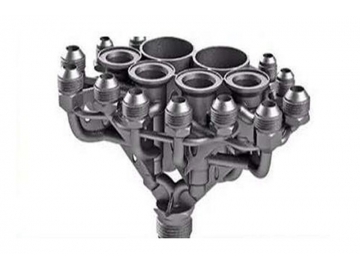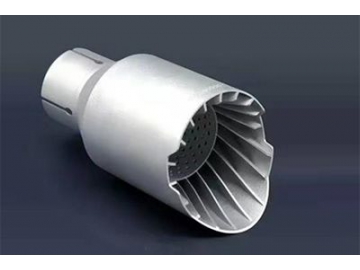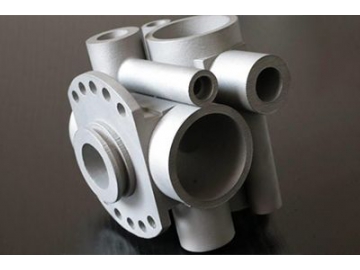Stainless Steel Casting
Stainless steel is one of the common materials used in casting production, notably it is versatile in manufacturing with precision casting (or investment casting). The stainless steel investment castings are metal components manufactured through the lost wax casting process in which molten stainless steel is poured into a mold, and then it cools and solidified into the desired shape.
Stainless steel investment castings can be an effective alternative to those casting components are not able to provide adequate strength and shock resistance. Investment casting is very competitive in the production of high precision parts, due to little to no machining required. Our tolerance standard for stainless steel investment castings is generally controlled at CT5-6 level.
- 304 stainless steel: a food grade stainless steel featuring excellent corrosion resistance, widely used in food, medical, pipeline, water supply, petrochemical, and other industries;
- 304L stainless steel: it has slightly lower mechanical properties than the standard 304 stainless steel, but its versatility enables it to be widely applied in casting;
- 316 stainless steel: or A4 stainless steel, the second most common austenite steel; It is widely used due to its higher corrosion resistance;
- 316L stainless steel: features lower carbon content to perform well in corrosive environments, suitable for medical, food & dairy industries;
- Stainless steel exhaust tip
- Stainless steel hydraulic parts
- Stainless steel solenoid valve
- Stainless steel steering knuckle
- Stainless steel suspension
- Stainless steel multi-way valve
- Stainless steel casting centrifugal pump body
- Stainless steel casting solenoid valve body
- Stainless steel casting Y strainer
Tighter tolerance and smoother finishes that are not achievable by investment casting process can be obtained by our secondary machining by means of our CNC milling machine, CNC lathe, drill/tap center, and other high-precision machine tools.
- Food machinery
- Pump & valve
- Pipe fittings
- Medical




